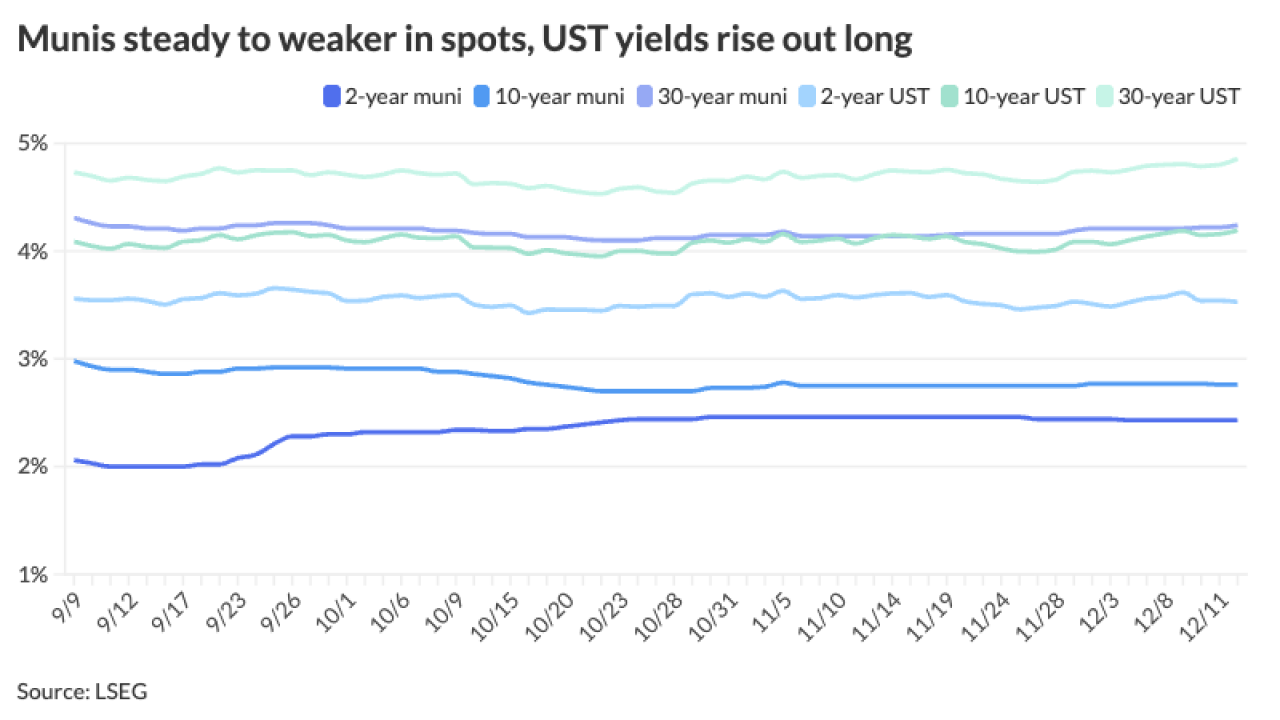
The good news for U.S. public pensions is unfunded liabilities declined for the second straight year. The bad news is there haven't been three straight annual declines since the Great Recession.
That's according to the
"The overwhelming driver this year is market performance," said Equable's executive director Anthony Randazzo.
"Right now we anticipate that the average return and funded status will be slightly higher at the end of 2025. We are cautiously optimistic, but with the recognition that there's quite a bit of fragility in the system."
The average funded status of the 253 retirement systems in the dataset rose to 83.1% in 2025, up from 74.9% in 2022, the report said. The growth between 2022 and this year "represents over three-quarters of the total improvement in funded status since 2015," Equitable said.
Investment returns averaged 8.6% in fiscal 2025, the report said.
Unpredictable market performances mean that government contributions will remain key to stable pensions, the report said. Over the last 12 months, fewer states have made the supplemental payments that they had been making in recent years, most likely a function of federal pandemic money running out, Randazzo said.
Unfunded pension liabilities have historically been a drag on state and local credits, with ratings analysts and investors warning in the past that the debt could pose a systemic credit problem. In recent years, the municipal bond market's worries about pensions have faded slightly as states and cities improved their contribution rates, reduced their assumed rates of return, and enjoyed strong returns in the equity markets.
But the health of pension funds varies considerably, with some cities, like Chicago, which faces a $52 billion unfunded liability, facing serious credit concerns from the debt. In an
"It has come to the surface as one of the leading issues," he said. "On the positive side, at the very least we don't have underperforming markets and states are being more disciplined about making their required contributions," he said. "But the funded status of most plans is fragile, and it means another sharp market downturn like we saw in 2022 could make them spiral down quickly."
Equable's report said the "vast majority" of public plans are considered fragile — meaning a funded ratio of between 60% to 90% — or distressed, which is 60% funded level or less. There are 17 states where the funded ratio is considered resilient, at 90% or higher, Equable said.
Thirty states have a fragile funded status and four states are distressed, the group said. The four distressed states are Illinois, New Jersey, Kentucky and Mississippi.





